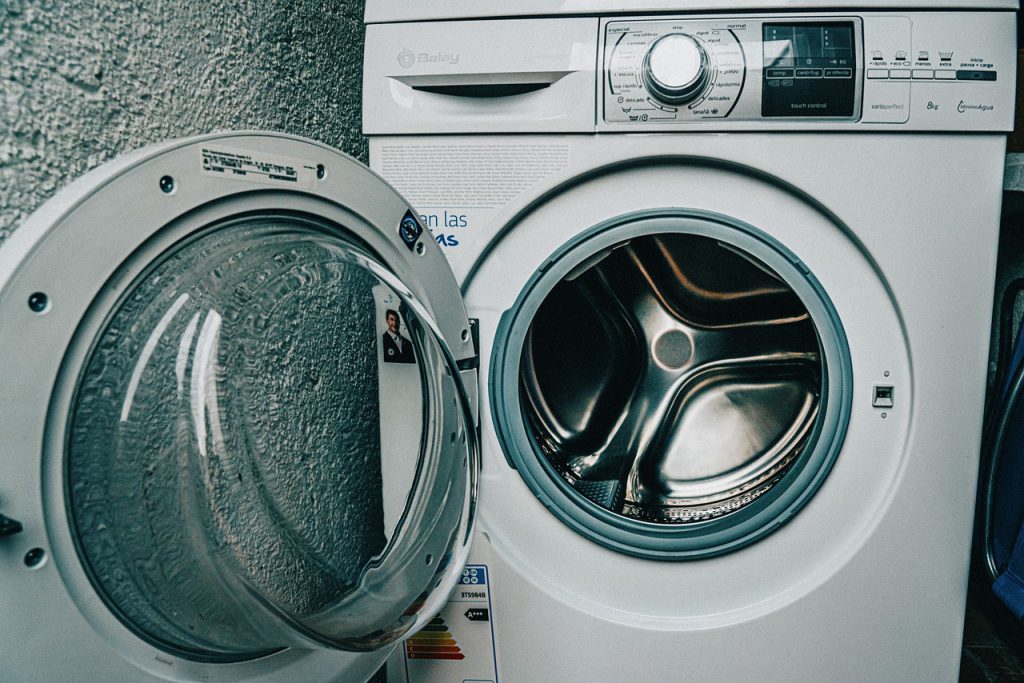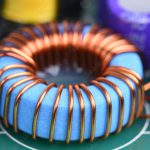Introduction 🌱
Ever wondered how your washing machine magically removes water from your clothes during the spin cycle? The secret lies in a powerful scientific principle known as centrifugal force. This article will break down the mechanics of a washing machine’s spin cycle, explain how centrifugal force works, and explore why this process is so effective at drying your laundry.
1. The Science Behind the Spin Cycle 🧠💡
The spin cycle is the final stage of a washing machine’s process, designed to remove excess water from clothes. During this cycle, the drum of the washing machine rotates at high speeds—often between 800 to 1,600 revolutions per minute (RPM). This rapid spinning motion forces water out of the fabric and through the small holes in the drum, leaving your clothes damp but not soaking wet.
At the core of this process is centrifugal force—a force that pushes objects away from the center of rotation. When the drum spins, clothes are pressed against the drum’s walls while water is flung outward through the perforations. This action simulates the effect of squeezing water out of fabric, but without physical pressure from your hands.
2. What Is Centrifugal Force? ⚙️🔄
Centrifugal force is not a true force in the traditional sense but rather the result of inertia—the tendency of an object to resist changes in its motion. When an object moves in a circle, its inertia causes it to move outward, away from the center. This outward movement is what we perceive as centrifugal force.
In the washing machine, as the drum spins, the clothes and water inside it try to move in a straight line due to inertia. However, the drum’s walls keep the clothes contained, while the water, being free to move, is forced through the holes in the drum due to the outward force. This process effectively removes moisture from the fabric without damaging it.
3. Key Components Involved in the Spin Cycle 🧩⚡
Several key components work together to make the spin cycle efficient:
- Drum: The perforated drum holds clothes and allows water to escape during the spin cycle.
- Motor: The electric motor powers the drum’s rotation, with variable speeds depending on the cycle selected.
- Pump: The pump removes the expelled water from the drum, ensuring it doesn’t reabsorb into the clothes.
- Suspension System: Springs and dampers absorb vibrations, preventing the washing machine from shaking excessively during high-speed spinning.
- Control System: Modern washing machines use sensors to adjust the spin speed based on load size and fabric type, optimizing water removal without damaging delicate items.
4. Why Speed Matters: RPM and Water Extraction ⚡🏎️
The speed of the drum’s rotation, measured in revolutions per minute (RPM), directly affects the efficiency of water removal. Higher RPMs generate stronger centrifugal force, which pushes more water out of the clothes.
- Low Speed (400-800 RPM): Gentle spin cycles for delicate fabrics like silk and wool, reducing the risk of damage.
- Medium Speed (800-1,200 RPM): Standard spin cycles for everyday clothing like cotton and synthetics.
- High Speed (1,200-1,600 RPM): Fast spin cycles for thick fabrics like towels and jeans, maximizing water removal for quicker drying.
However, higher speeds can cause more wear and tear on fabrics, so selecting the appropriate spin speed for each load is essential.
5. The Role of Drum Design in Water Removal 🧺💧
The design of the drum plays a crucial role in maximizing water extraction. The small perforations in the drum’s walls allow water to escape while keeping clothes inside. The drum’s shape, often slightly tilted, helps guide water toward the drain holes more efficiently. Additionally, modern washing machines feature textured drum surfaces that create friction, helping to loosen water from the fabric during spinning.
6. Balancing the Load: Why It Matters ⚖️🧷
A balanced load is essential for a smooth and efficient spin cycle. If the load is uneven—such as when heavy items clump together on one side—the washing machine may vibrate excessively or fail to reach high spin speeds. This is because the imbalance creates uneven forces that can strain the motor and suspension system.
To prevent this, modern washing machines use sensors to detect imbalances and adjust the drum’s rotation or reduce the spin speed. Distributing clothes evenly in the drum before starting a cycle helps ensure optimal performance and prevents wear and tear on the machine.
7. The Benefits of Centrifugal Force in Laundry 🚀🌊
Using centrifugal force to remove water offers several advantages:
✅ Faster Drying: By removing most of the water, the spin cycle significantly reduces drying time, whether air-drying or using a dryer.
✅ Energy Efficiency: Less water in clothes means dryers use less energy to evaporate moisture, lowering utility bills.
✅ Gentler on Fabrics: Unlike wringing clothes by hand, the spin cycle extracts water without stretching or damaging fabrics.
✅ Improved Hygiene: Removing excess moisture helps prevent mildew and odors, keeping clothes fresher.
8. The Future of Washing Machine Technology 🔮🌱
As technology advances, washing machines are becoming smarter and more efficient. Innovations like AI-powered sensors, eco-friendly spin cycles, and noise-reduction systems are enhancing performance while minimizing energy consumption. Some modern machines even adjust the spin speed based on fabric type and load weight, optimizing water removal without compromising garment care.
Future developments may include even faster spin cycles, advanced vibration control, and more energy-efficient motors, further improving the laundry experience while reducing environmental impact.
Conclusion 🏁✨
The washing machine’s spin cycle is a perfect example of science in everyday life, harnessing the power of centrifugal force to remove water from clothes quickly and efficiently. By spinning clothes at high speeds, the machine uses inertia to push water outward, reducing drying time and energy consumption. As washing machine technology continues to evolve, the spin cycle will become even more effective, helping us save time, energy, and resources while keeping our clothes clean and fresh.


